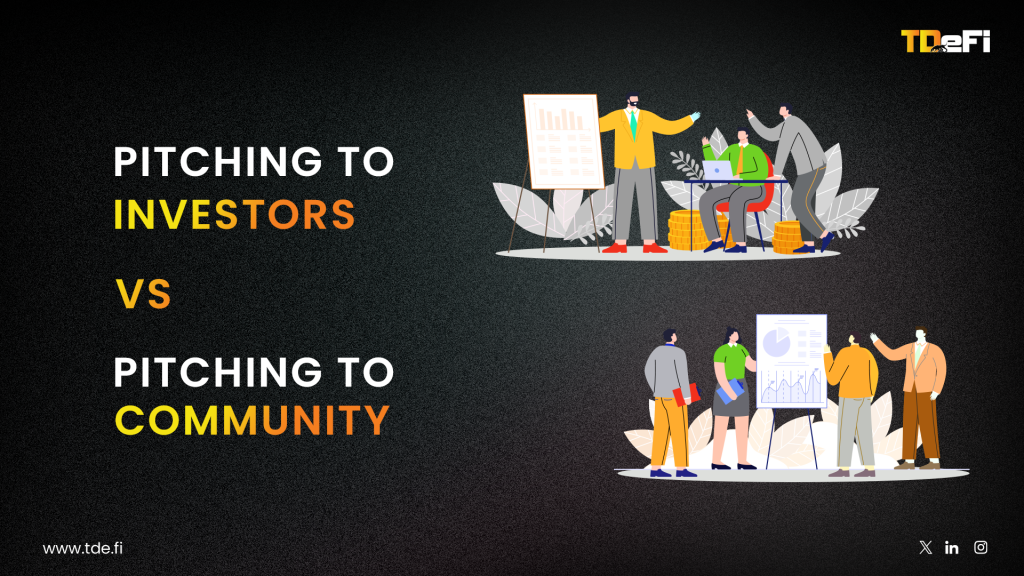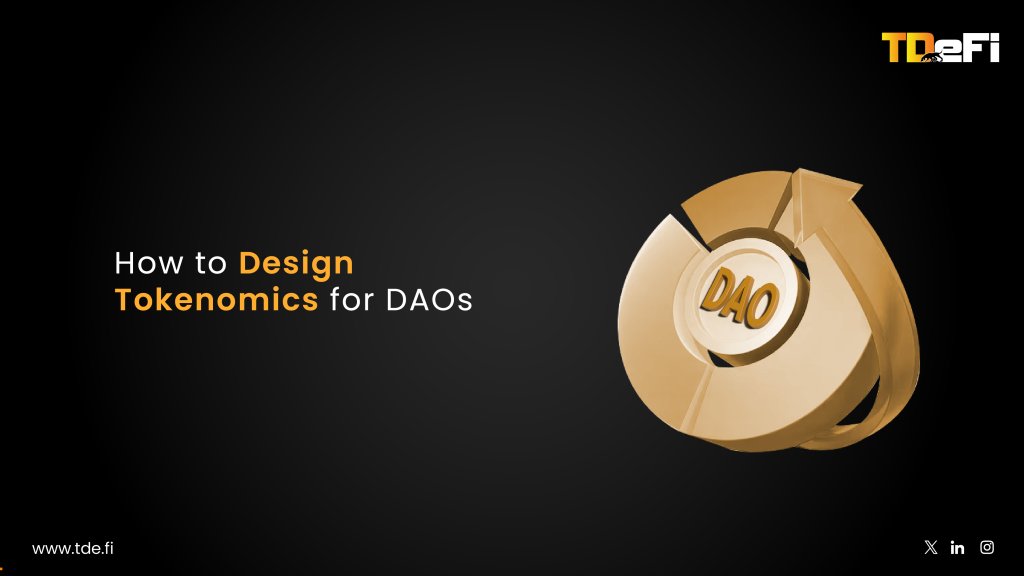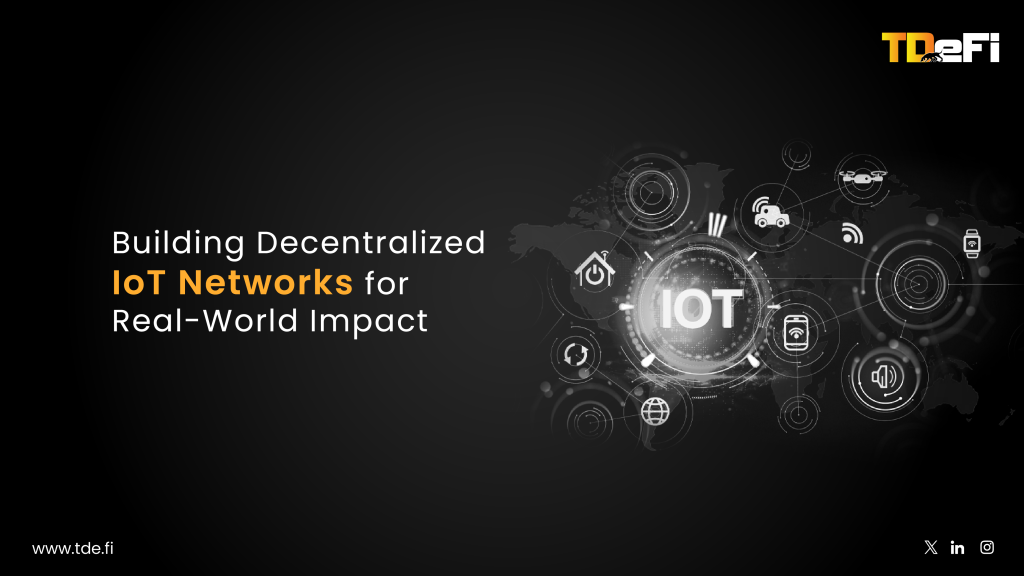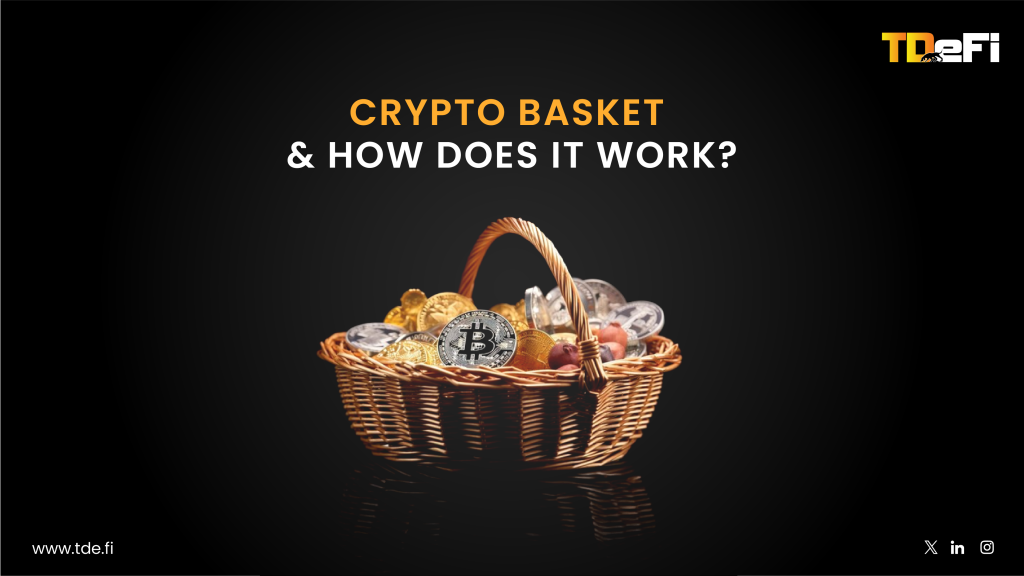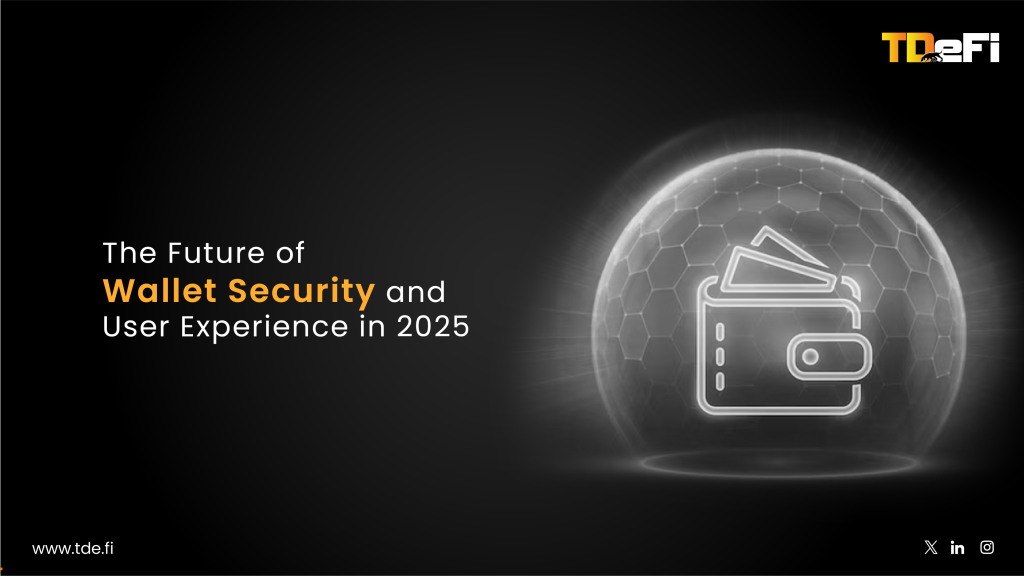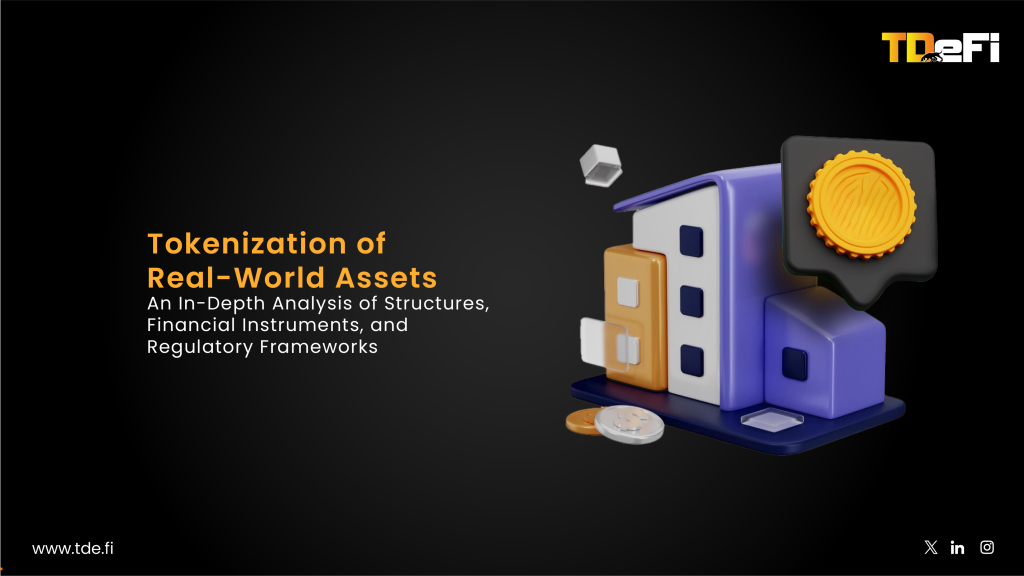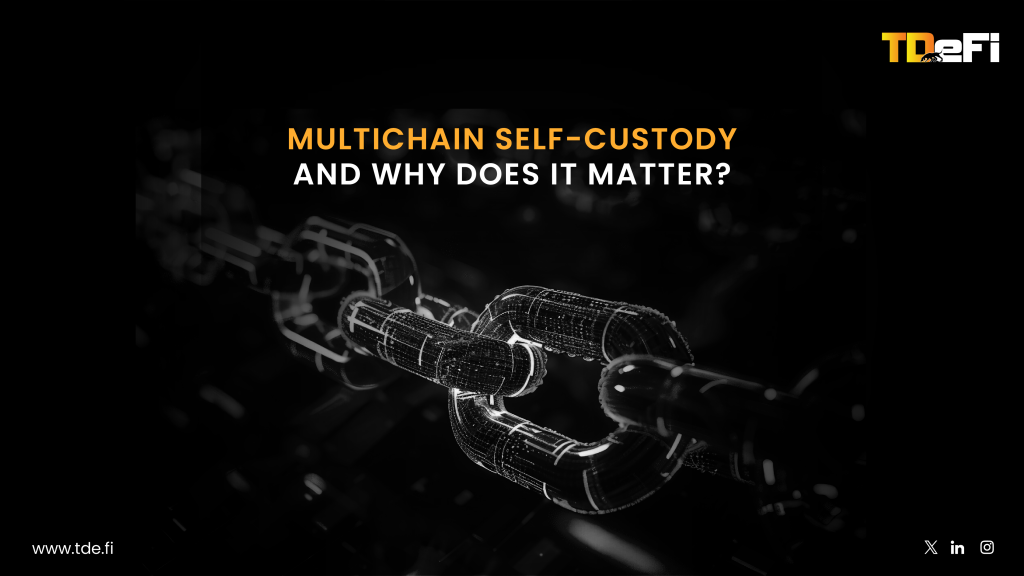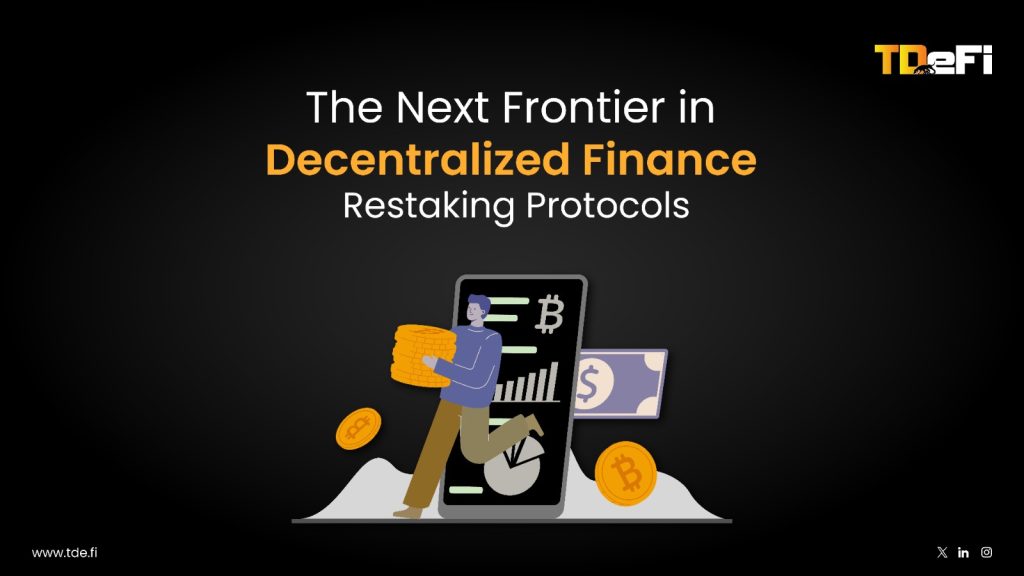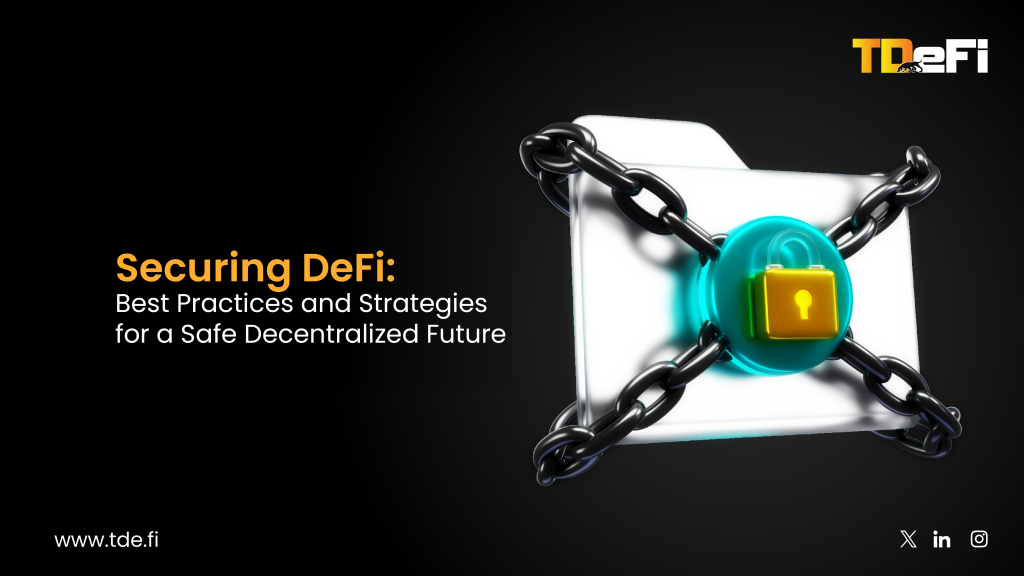When Uber launched in 2009, it transformed urban mobility, making ride-hailing convenient and accessible at the tap of a button. However, as the ride-sharing industry has matured, cracks have begun to show in the centralized, platform-driven model that Uber and its competitors pioneered. High commission fees, data privacy concerns, and lack of transparency have led both drivers and riders to question whether there’s a better way.
Here are 7 compelling reasons why Uber’s dominance could be challenged-and even replaced-by decentralized ride-sharing networks.
1. Zero Commission: Drivers Keep What They Earn
One of the most significant pain points for drivers on platforms like Uber and Lyft is the hefty commission-often 25-30%-deducted from every fare. This model leaves drivers with a shrinking share of their hard-earned income, especially as operational costs rise.
Decentralized platforms have the potential to operate on a zero-commission model, ensuring drivers receive 100% of the fare. By eliminating the middleman, decentralized ride-sharing networks can empower drivers to earn more, which can lead to better service, higher satisfaction, and increased driver retention. Riders would also benefit from such a model, as lower operational costs will directly translate into more affordable fares.
2. Blockchain-Powered Transparency and Trust
Centralized ride-hailing platforms control all data, from ride logs to payment records and user reviews. This lack of transparency can lead to disputes, manipulation of ratings, and even unfair deactivation of drivers.
Decentralized networks leverage blockchain technology to create an immutable, transparent ledger of all transactions and interactions. Leveraging blockchain technology, every ride, payment, and review can be recorded on the blockchain, and this date can be made visible to all the parties. This transparency promotes trust and accountability, as neither drivers nor riders can tamper with trip details or feedback. Disputes can be resolved more fairly, and both parties have confidence in the integrity of the system.
3. Enhanced Data Privacy and Security
Data breaches and misuse of personal information have become all too common in the digital age. Centralized platforms store vast amounts of sensitive data, making them attractive targets for hackers and raising concerns about how user information is used or sold.
Decentralized ride-sharing networks address these concerns by using blockchain’s distributed architecture and encryption. Riders and drivers retain greater control over their personal data, sharing only what’s necessary for each transaction. There’s no central database for hackers to target, significantly reducing the risk of mass data breaches and identity theft.
4. Market-Driven Pricing: Fairness for All
Uber’s surge pricing algorithms are often opaque, leading to frustration among both drivers and riders who feel at the mercy of a “black box” system. Decentralized networks can introduce market-dictated pricing, where fares are determined through an auction-based dynamic model. Drivers and riders can negotiate and agree on prices based on real-time supply and demand.
This approach not only increases transparency but also ensures that pricing is fair and reflects actual market conditions. Riders can find rides that fit their budget, while drivers can choose fares that make economic sense for them-leading to a more balanced and efficient marketplace.
5. Instant, Automated Payments via Smart Contracts
Payment delays, hidden deductions, and lack of clarity are common complaints among ride-hailing drivers. Decentralized platforms solve this with blockchain-based smart contracts, which automate payments instantly upon ride completion.
For instance, Web 3 projects can use their native token to facilitate secure, transparent transactions and ensure drivers are paid immediately, with no intermediaries and no risk of withheld earnings. This automation also reduces administrative overhead and ensures that all parties receive what they’re owed, developing a more equitable system.
6. User Empowerment and Community Governance
In centralized platforms, major decisions-from fare structures to dispute resolution-are made by corporate executives, often with little input from the community. This top-down approach can lead to policies that favor the platform over its users.
Decentralized ride-sharing networks flip this dynamic by enabling community governance. Stakeholders-drivers, riders, and even franchisees-can participate in decision-making, voting on platform changes, pricing models, and dispute policies. For instance, Web 3 projects can offer franchise opportunities, allowing local operators to own and manage ride-hailing businesses in their regions. This democratization of governance makes the platform more responsive to user needs and creates a sense of shared ownership and responsibility.
7. Resilience, Scalability, and Global Reach
Centralized platforms are vulnerable to outages, regulatory crackdowns, and policy shifts that can disrupt service. Decentralized networks, by design, are distributed and resilient, with no single point of failure. This makes them more robust in the face of technical or regulatory challenges.
Moreover, decentralized platforms are inherently scalable and borderless. For instance, Drife’s rapid expansion-from India to Dubai and beyond-demonstrates how a blockchain-based model can adapt to local regulations while maintaining global standards of transparency and efficiency. By empowering local franchisees and leveraging a token economy, decentralized ride-sharing networks can quickly reach new markets and respond to local needs.
Conclusion: The Future of Ride-Sharing Is Decentralized
While Uber and similar platforms have been instrumental in redefining urban transport, their centralized, profit-driven models are increasingly out of step with the needs of drivers, riders, and regulators. Decentralized ride-sharing networks like Drife offer a compelling alternative-one that is more transparent, equitable, and adaptable.
By leveraging blockchain technology, eliminating middlemen, and empowering communities, decentralized networks promise a future where ride-sharing is not just a service, but a shared, user-driven ecosystem. As these platforms mature and scale, the question is not if-but when-they will become the new standard for urban mobility.










